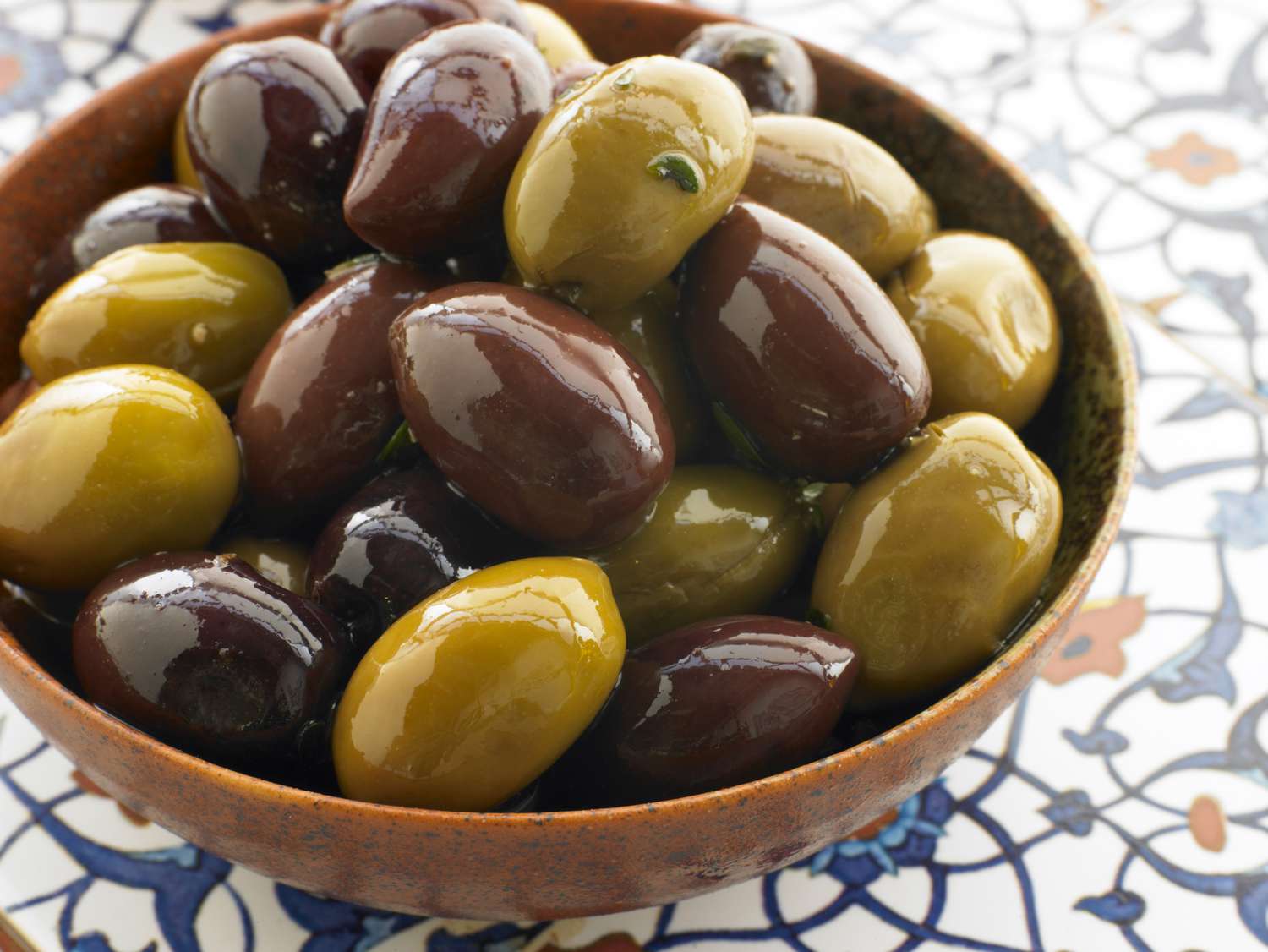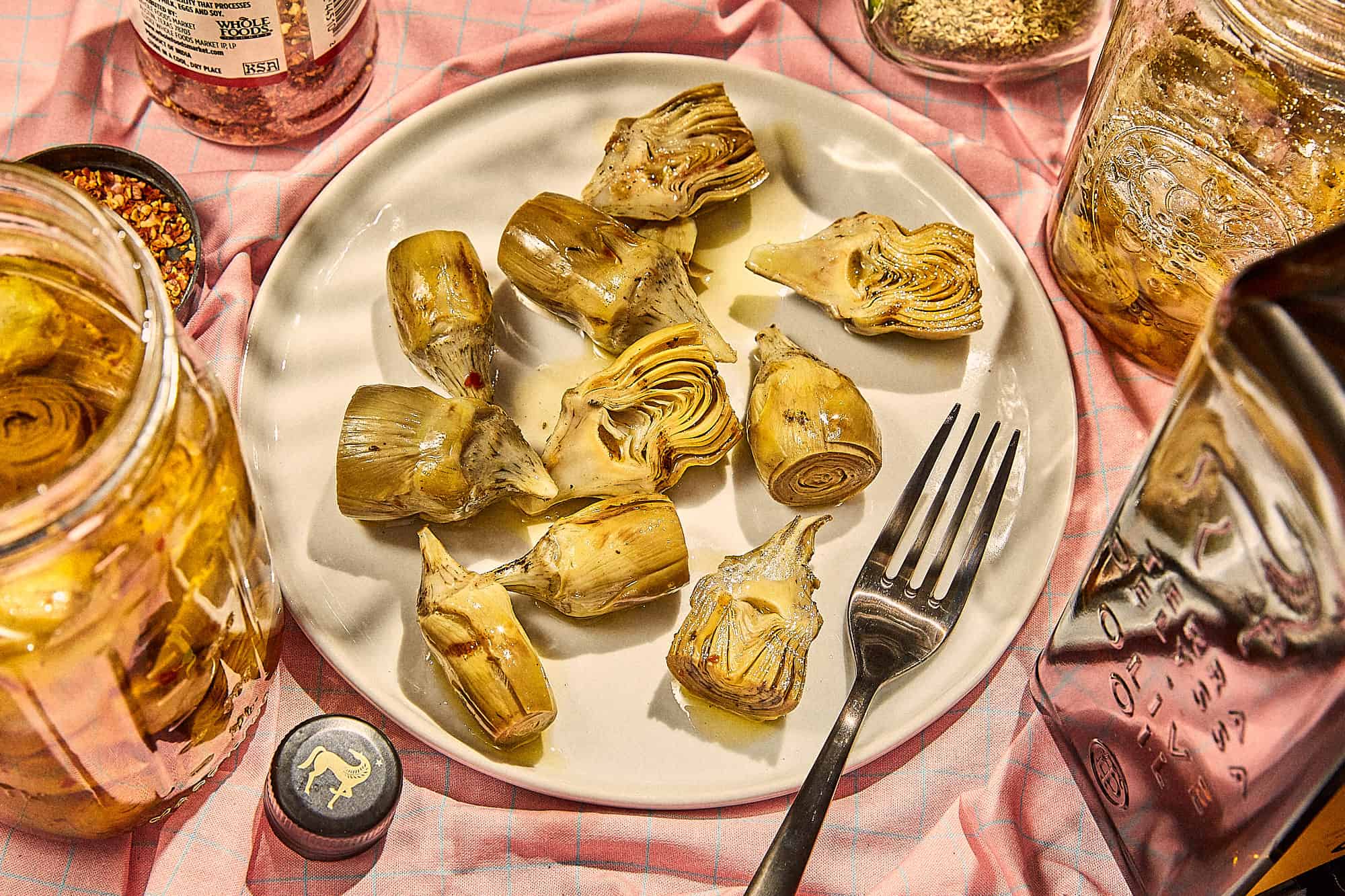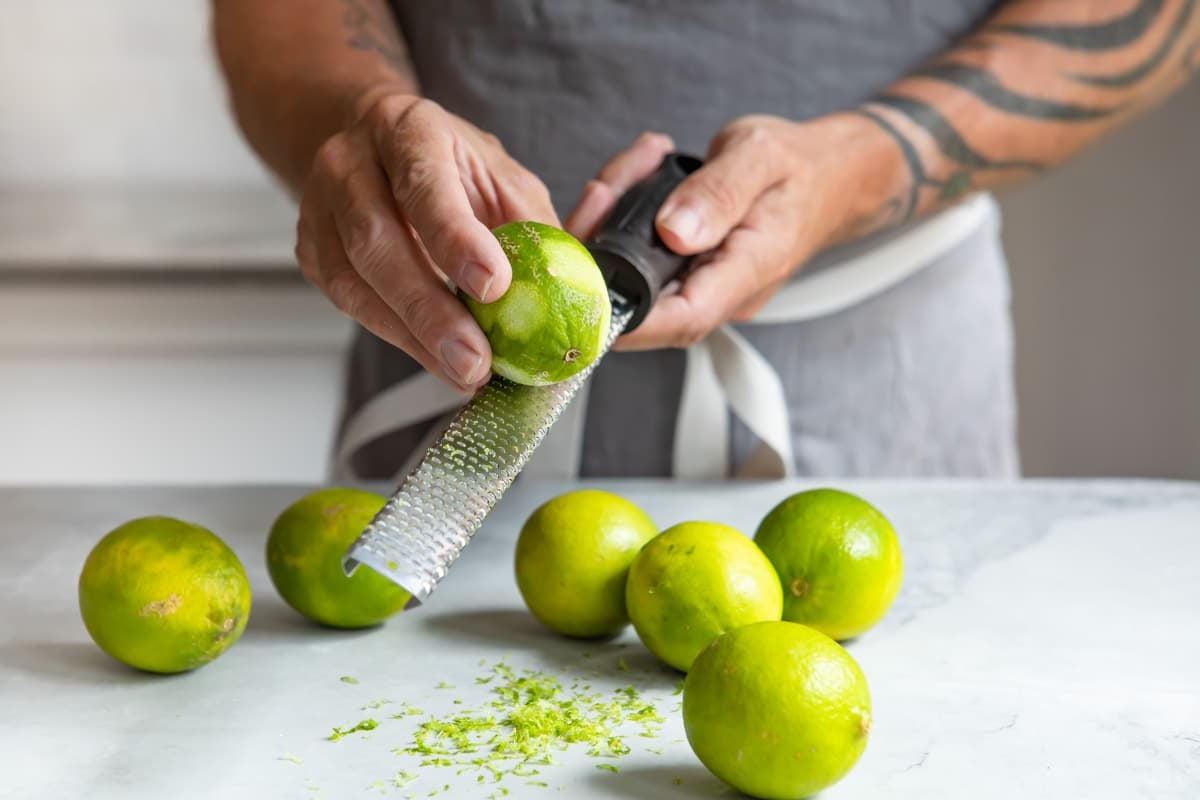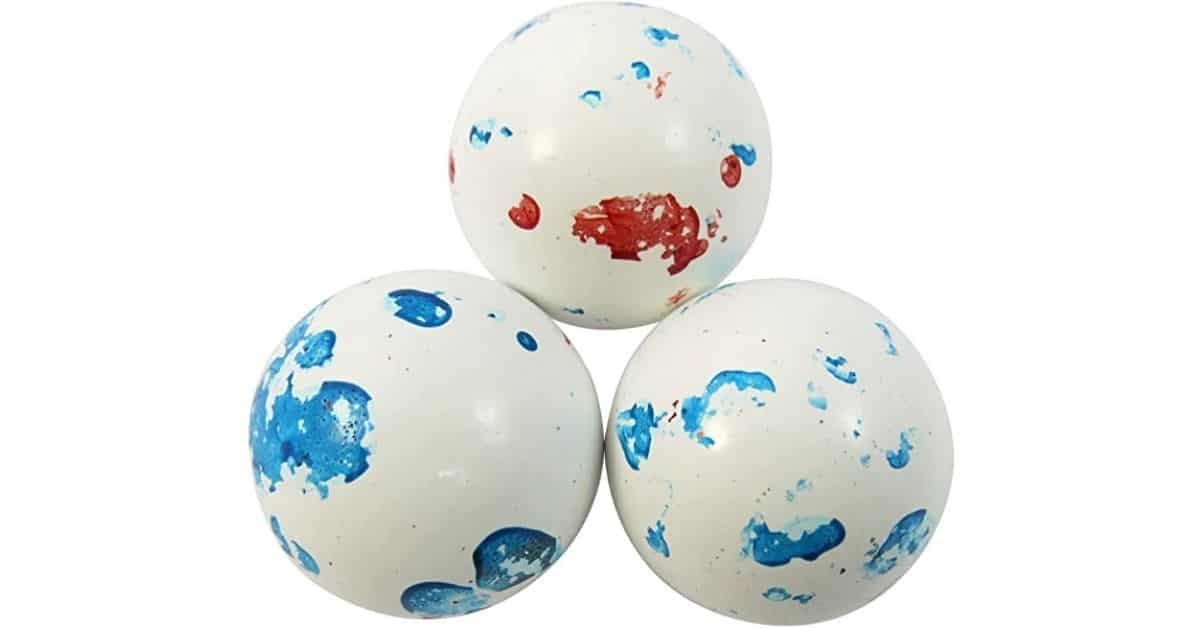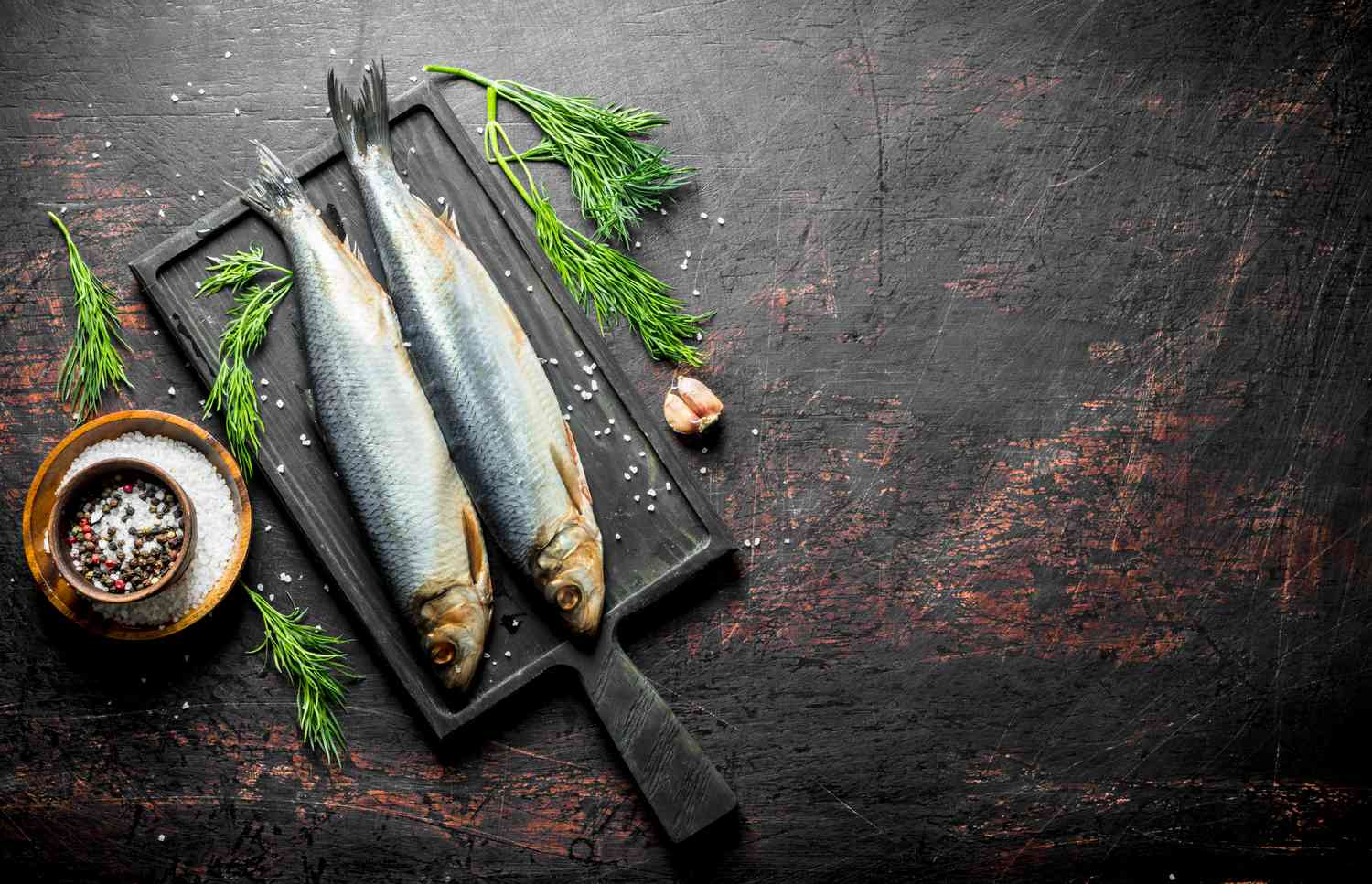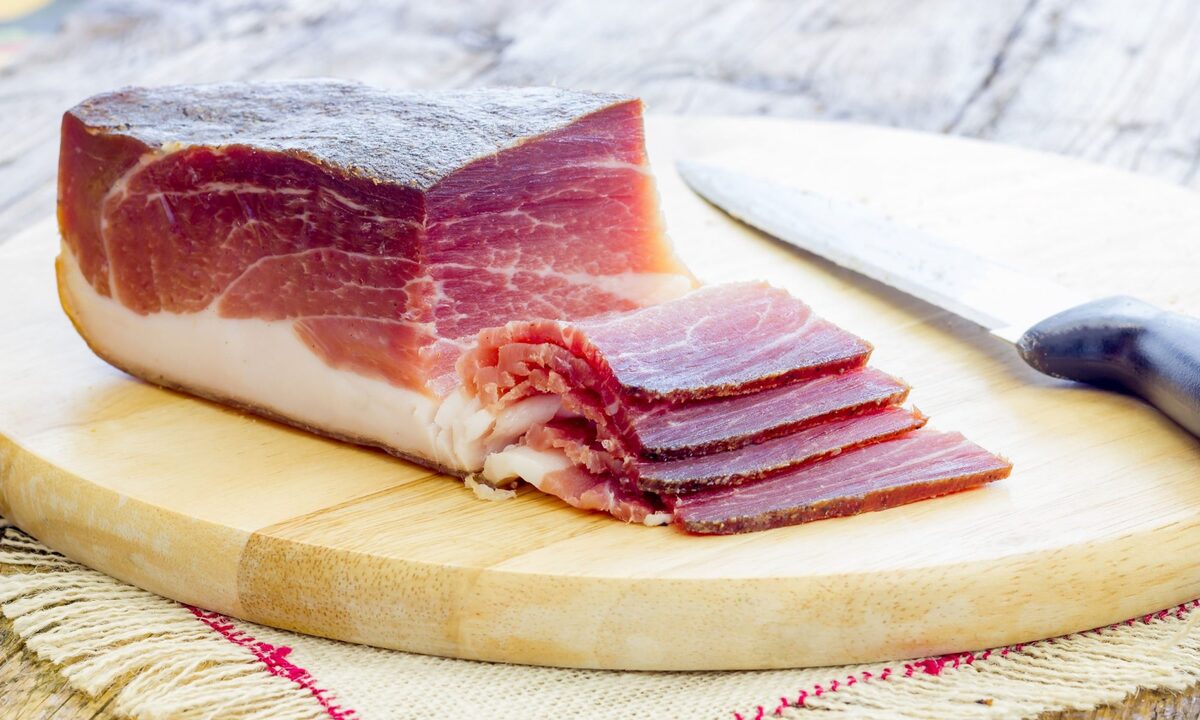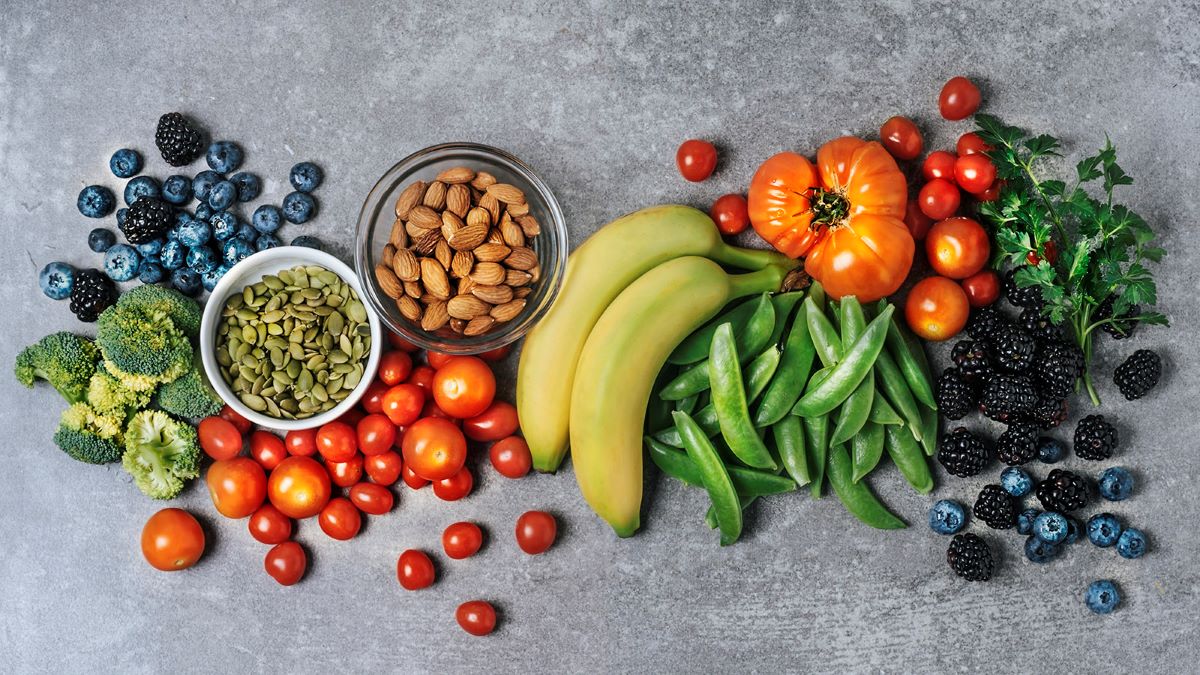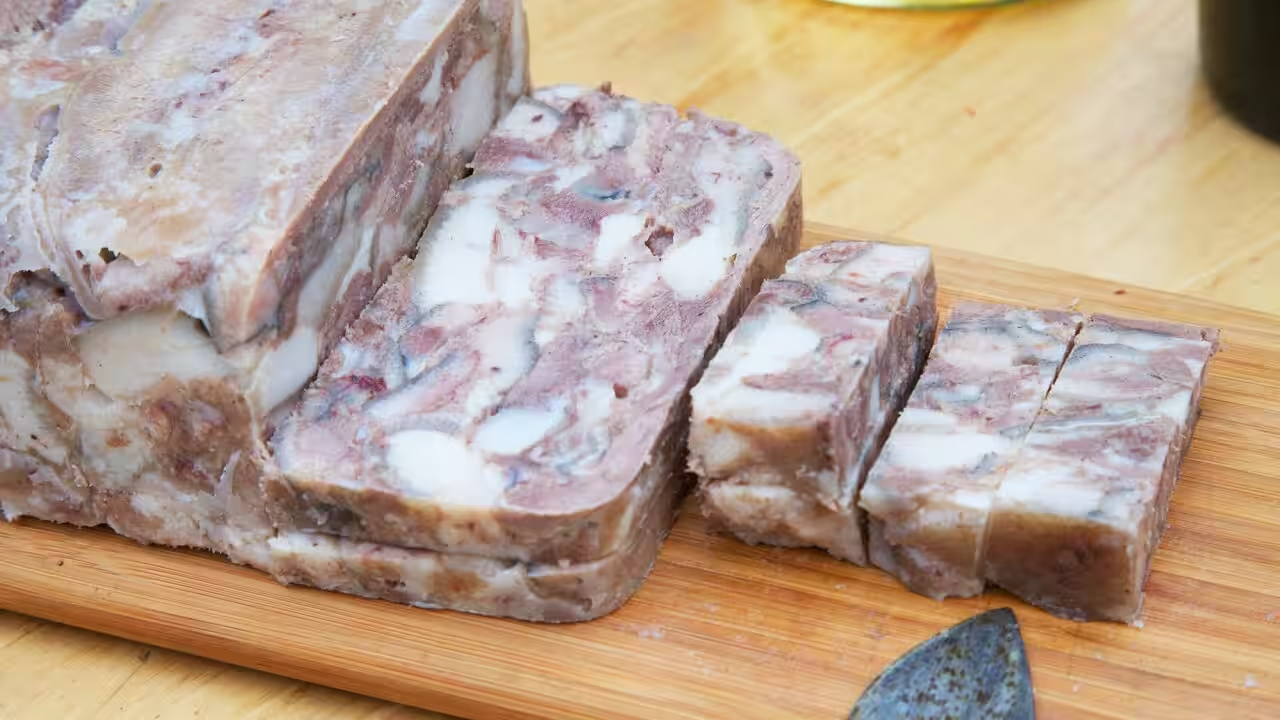How to Enjoy an Antipasto Platter Like a Pro
Antipasto platters are a delightful and versatile way to start a meal or to enjoy as a standalone dish. With a variety of flavors and textures, an antipasto platter can be a feast for the senses. Whether you’re hosting a gathering or simply treating yourself to a special meal, here’s how to make the most of this classic Italian dish.
Choose Quality Ingredients
The key to a fantastic antipasto platter is to start with the best ingredients. Look for high-quality cured meats such as prosciutto, salami, and coppa. Pair these with a selection of artisanal cheeses, such as mozzarella, gorgonzola, and pecorino. Don’t forget to include a variety of olives, marinated vegetables, and crusty bread or breadsticks.
Arrange with Care
When it comes to presenting an antipasto platter, the visual appeal is just as important as the taste. Arrange the ingredients thoughtfully on a large platter or wooden board. Consider colors, shapes, and textures to create an eye-catching display. You can also add fresh herbs or edible flowers for an extra touch of elegance.
Pair with the Perfect Wine
Enhance the flavors of your antipasto platter by pairing it with the perfect wine. For a classic Italian experience, consider serving a Chianti or Barolo with your antipasto. The rich, bold flavors of these wines complement the savory and salty elements of the platter beautifully.
Take Your Time
When it’s time to enjoy your antipasto platter, take your time to savor each bite. Start with the lighter items, such as the cheeses and marinated vegetables, before moving on to the more intense flavors of the cured meats. Use small bites to fully appreciate the complex flavors of each ingredient.
Experiment with Combinations
One of the joys of an antipasto platter is the opportunity to experiment with different flavor combinations. Try pairing a slice of prosciutto with a creamy mozzarella and a tangy olive, or layering a slice of salami with a chunk of gorgonzola. The possibilities are endless, so don’t be afraid to get creative.
Enjoy with Good Company
Finally, remember that food is best enjoyed in good company. Share your antipasto platter with friends and family, and take the time to appreciate the flavors and textures together. Food has a unique way of bringing people together, so savor the experience and create lasting memories around the table.
With these tips in mind, you’re ready to savor the delights of an antipasto platter like a true connoisseur. Whether you’re indulging in a quiet evening at home or hosting a festive gathering, an antipasto platter is sure to impress and satisfy.
